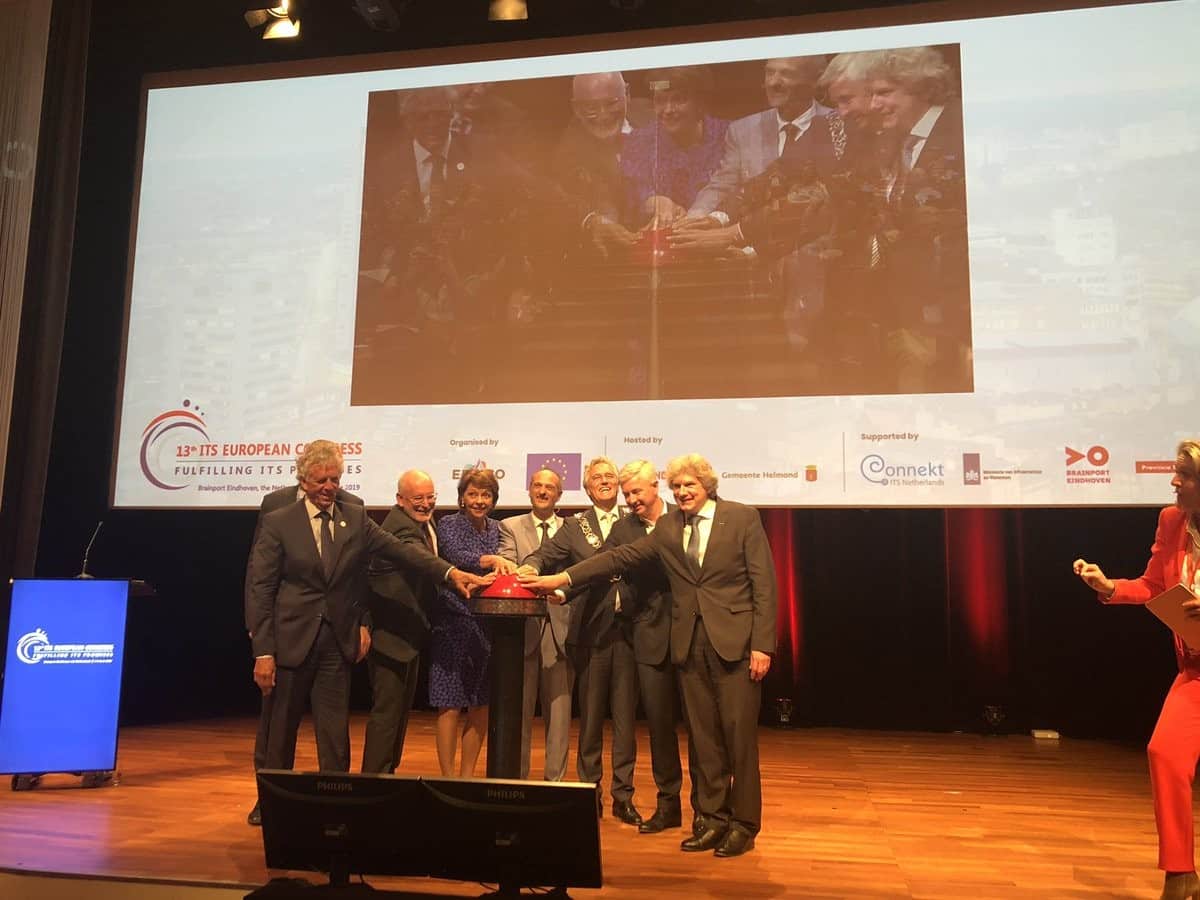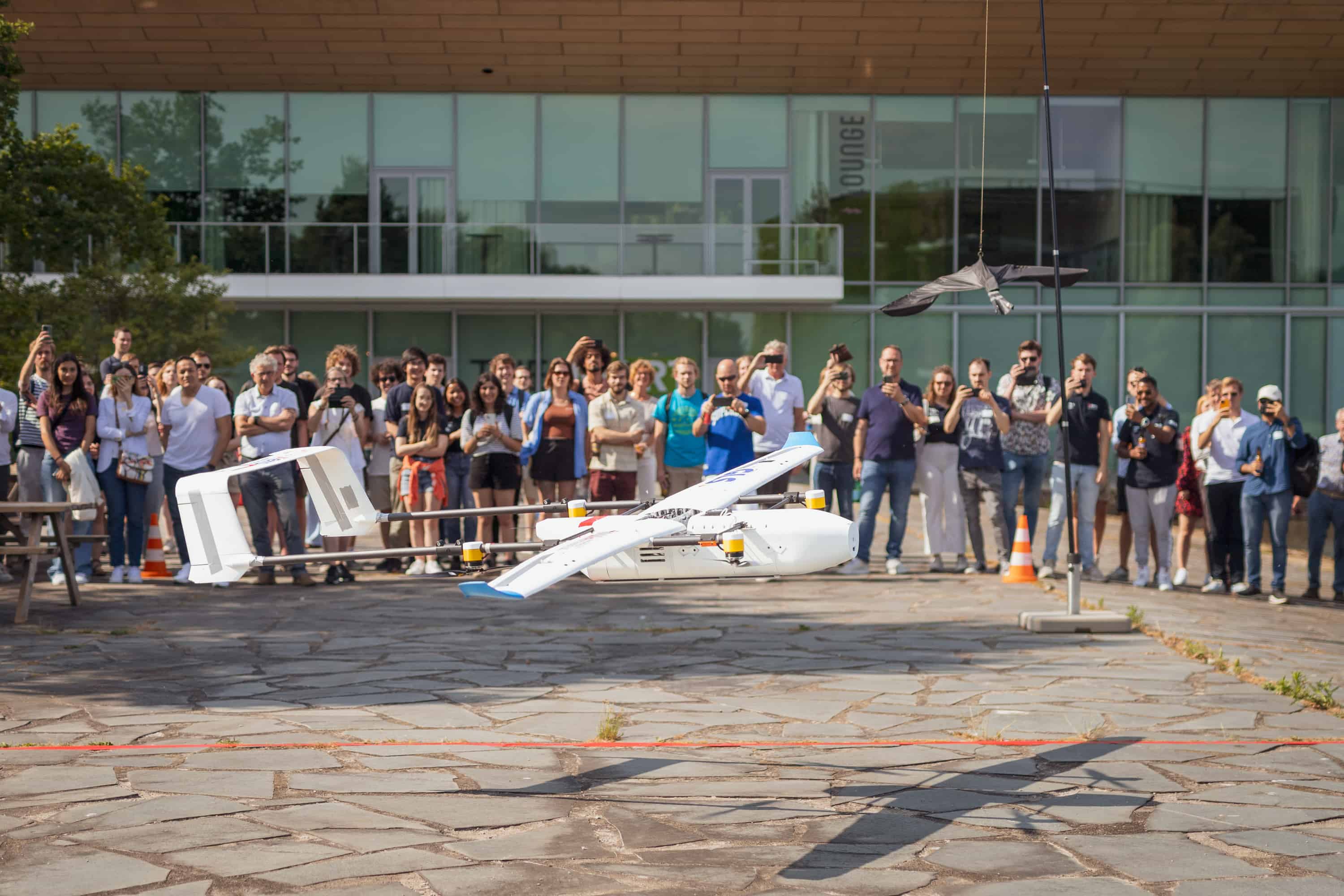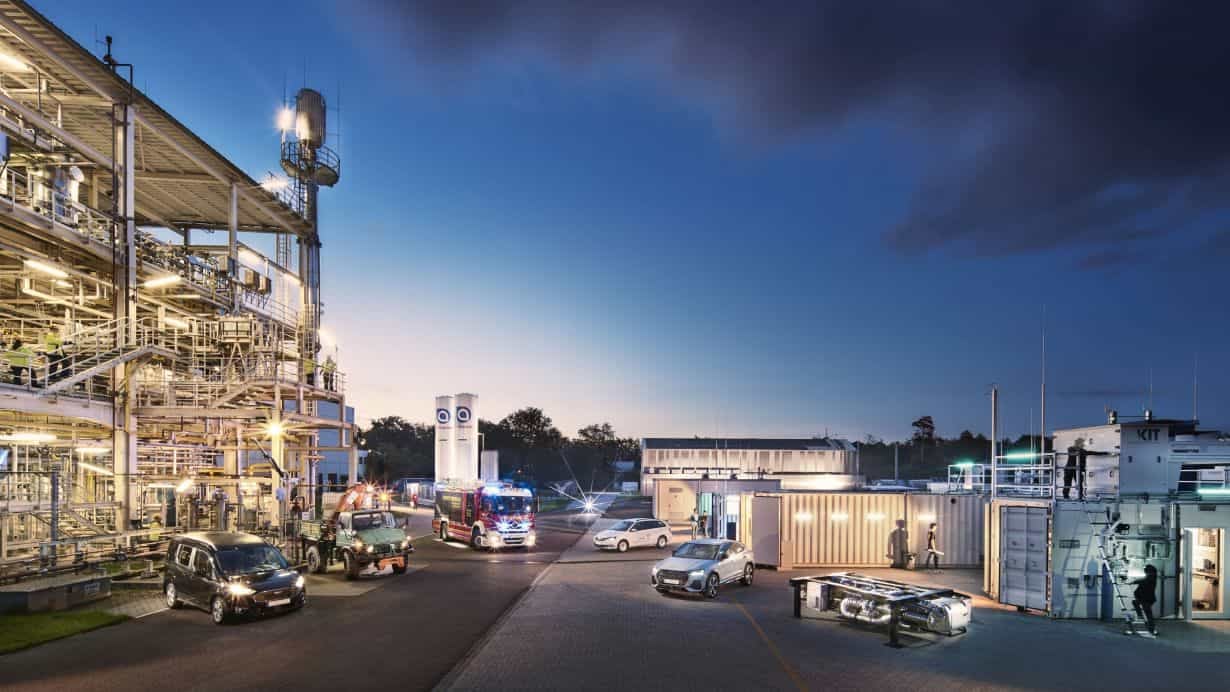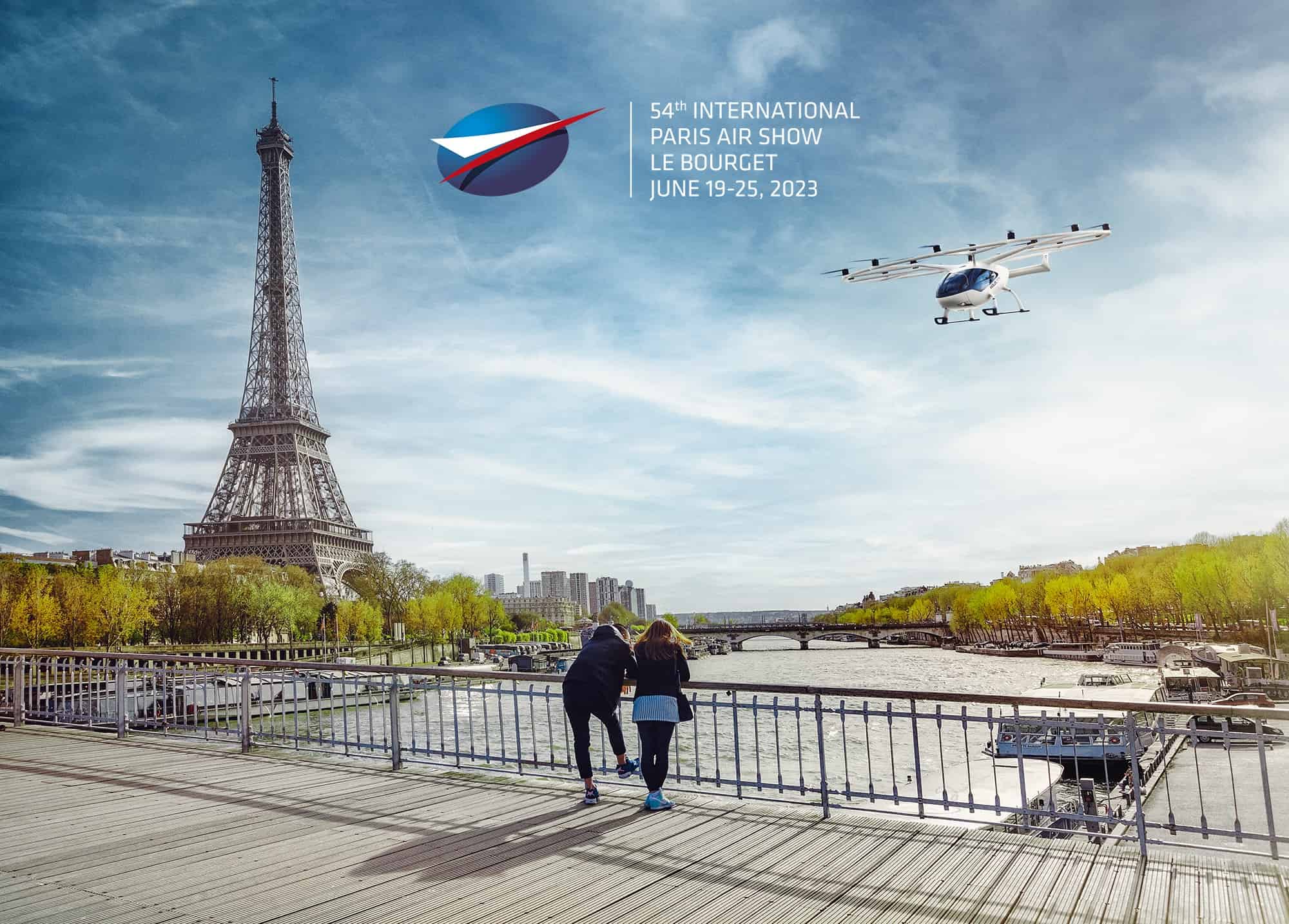
Traffic lights that talk to their surroundings, cars that communicate with each other to avoid traffic jams or autonomous shuttle buses that take passengers from a to b. It’s all being shown during ITS Europe, the largest European Congress on smart mobility and digitisation in transport. Until this Thursday, the Automotive Campus in Helmond will provide a glimpse into the future with all kinds of demonstrations. In Eindhoven in the Evoluon, visitors from all over Europe can attend various lectures and think along about what smart mobility should look like. Minister of Infrastructure and Public Works Cora van Nieuwenhuizen has opened the conference on Monday. In her speech, she says to believe that the automotive industry, governments and knowledge institutions should work together even more, not only within the Netherlands but also across national borders. “We want cities to remain accessible, as sustainable and clean as possible, of course. But at the same time, more people are moving to the city and roads are becoming busier. With smart solutions and more cooperation we can solve these challenges.”
The first step towards safer traffic has already been taken, Van Nieuwenhuizen announces. The Netherlands will share information about road conditions with Germany, Finland, Spain and Luxembourg. Car manufacturers BMW, Volvo, Ford and Daimler and navigation providers TomTom and Here are also taking part in the project. There are still several ongoing discussions with the other Member States from the European Union. “Cars are now able to ‘sense’ all kinds of things. The smoothness of traffic, heavy rainfall or accidents. Until now, the parties involved kept this information to themselves. We have agreed that data that is important for road safety will be exchanged between car manufacturers and countries. Millions of Europeans will benefit from this additional information along the way.”
Eventually, this could become a system to which other car brands and services such as public transport could also be connected. Throughout the Netherlands, several pilots are already underway where mobility is offered as a service (MaaS), which means – quite simply – that users can switch to a means of transport of their choice with a single subscription. “There are currently around 600 Smart Mobility pilots going on in the Netherlands, not just around MaaS. We are at the forefront of this compared to the rest of Europe. This is because we have a good infrastructure. We are a small country with a lot of activity, we have no space to lay extra roads. So we have to become smarter when using the limited space is concerned. And that works out well because there is interest in our solutions all over the world,” says Van Nieuwenhuizen.
A pole full of technology
The Automotive Campus in Helmond is working on systems that not only communicate with the environment but also with government services such as road administrators. Gertjan Koolen, programme manager for Smart Mobility at the Province of Noord-Brabant, explains that information picked up by sensors in cars tells a bigger story. “Road administrators want to know where maintenance is needed and if such a system can tell that many or few cars are braking on a particular part of the road, this can mean that there is a hole in the road. Or that there’s fog in a certain zone when all of a sudden the fog lamps are massively switched on.”
“ITS is an opportunity to shape the future of mobility together.”
According to Koolen, the Netherlands, and Brabant in particular, have a head start in the development of standards of this kind: “We are used to open collaborations here, information is shared a lot. There are no major car manufacturers here, but there are many suppliers for the automotive industry. The lines of communication are short, we sit down with car manufacturers, software developers and manufacturers of sensors. That combination of expertise is important.”
To illustrate this, he points to a traffic light that looks no different than any other. “Make no mistake, that pole is full of technology. The sensors are so accurate that they indicate exactly what is happening in milliseconds,” says Koolen. “But a car must be able to read this information, so it’s useful if you know who uses which system. This shows that manufacturers are sometimes reluctant to be open-minded. They also benefit from a generic standard, but at the same time, they want to be able to offer something unique. That sometimes makes it difficult.”
In the coming years, all traffic lights in the Netherlands will be replaced by the high-tech variant Koolen describes. This enables, for example, giving priority to lorry traffic or emergency services. But ‘ordinary’ motorists also benefit from this, Koolen knows: “All this extra information and connection ensures that people in traffic get a better idea of what is actually happening. A service like Flitsmeister already makes good use of the available information. This will only increase in the near future.” The 5G-tests that KPN will perform on the High Tech Campus can also contribute to safer and more efficient traffic. “When cars are able to communicate with each other without delay in real time, it ensures that they can keep each other informed of changing weather conditions, for example.”
Watch – without hands
Earlier in the day, a car drove from the Automotive Campus to Eindhoven. Gesturing and with his back to the road, the driver explains: “Now the car automatically maintains the right speed, distance and lane. In the dashboard, a light starts flashing: hands on the steering wheel. “Yes, it should be,” he laughs guilt-sensitively. “If I don’t respond to the warnings, the car brakes, the alarm lights turn on and finally the engine switches off. Useful when I get unwell.” The BMW is equipped with various Advanced Driver Assistance Systems (ADAS) to support drivers. For example, the car can overtake another car independently at a speed above 80 km/h, it automatically changes lanes and parks itself. “If I don’t keep my hands on the steering wheel for too long, for example because I have a stroke, the car slows down, the alarm lights come on and finally the vehicle stops.”
In the future, emergency services should receive a signal if someone does not respond. Also, other cars should be able to drive around the stationary car automatically via mutual communication, explains the driver. He clearly knows how ADAS systems work – “I need to know the manual for every car I drive” – but most people have no idea or feel that they would better be driving themselves and therefore do not use these support systems.
And that’s a shame, says Van Nieuwenhuizen. “Accidents in which a motorist hits his predecessor can be prevented by smart systems such as adaptive cruise control.” To make motorists more aware of the possibilities, the government, in cooperation with dozens of parties, including CBR and ANWB, is launching a platform where people can obtain a ‘smart driving licence’ to learn how it works and why it is important. They can also share ideas and indicate risks.
According to the Minister, this is also what ITS Europe stands for: sharing ideas and working together on sustainable and smart mobility: “We are here together with professors, policymakers and companies. A great deal is happening in the field of technology, but we have to look for ways to apply the techniques as well. That is what is happening here in this region, look at ASML or Philips. It is nice to show this to the rest of Europe and the world as well. ITS is an opportunity to shape the future of mobility together.”







